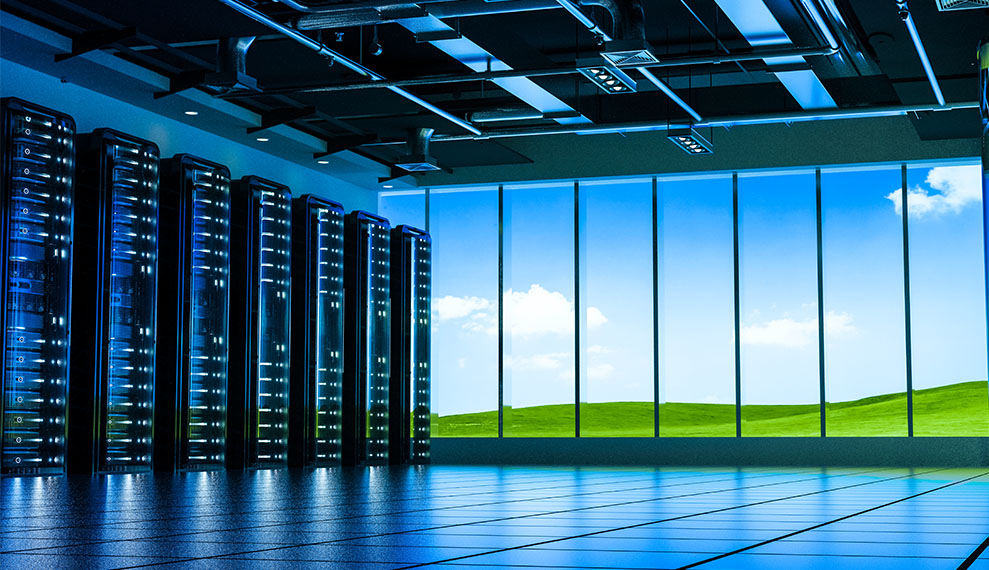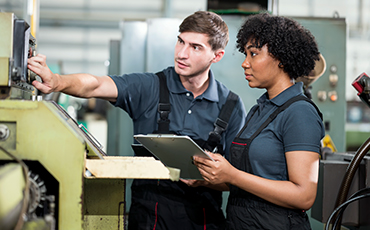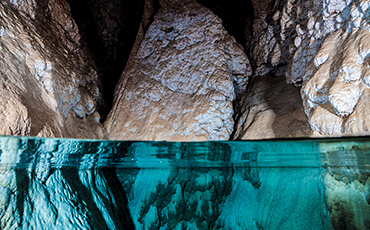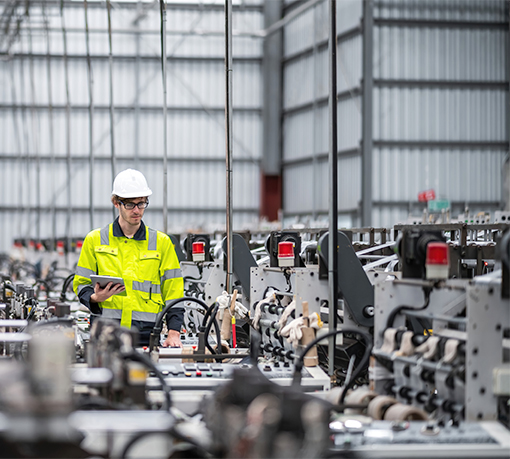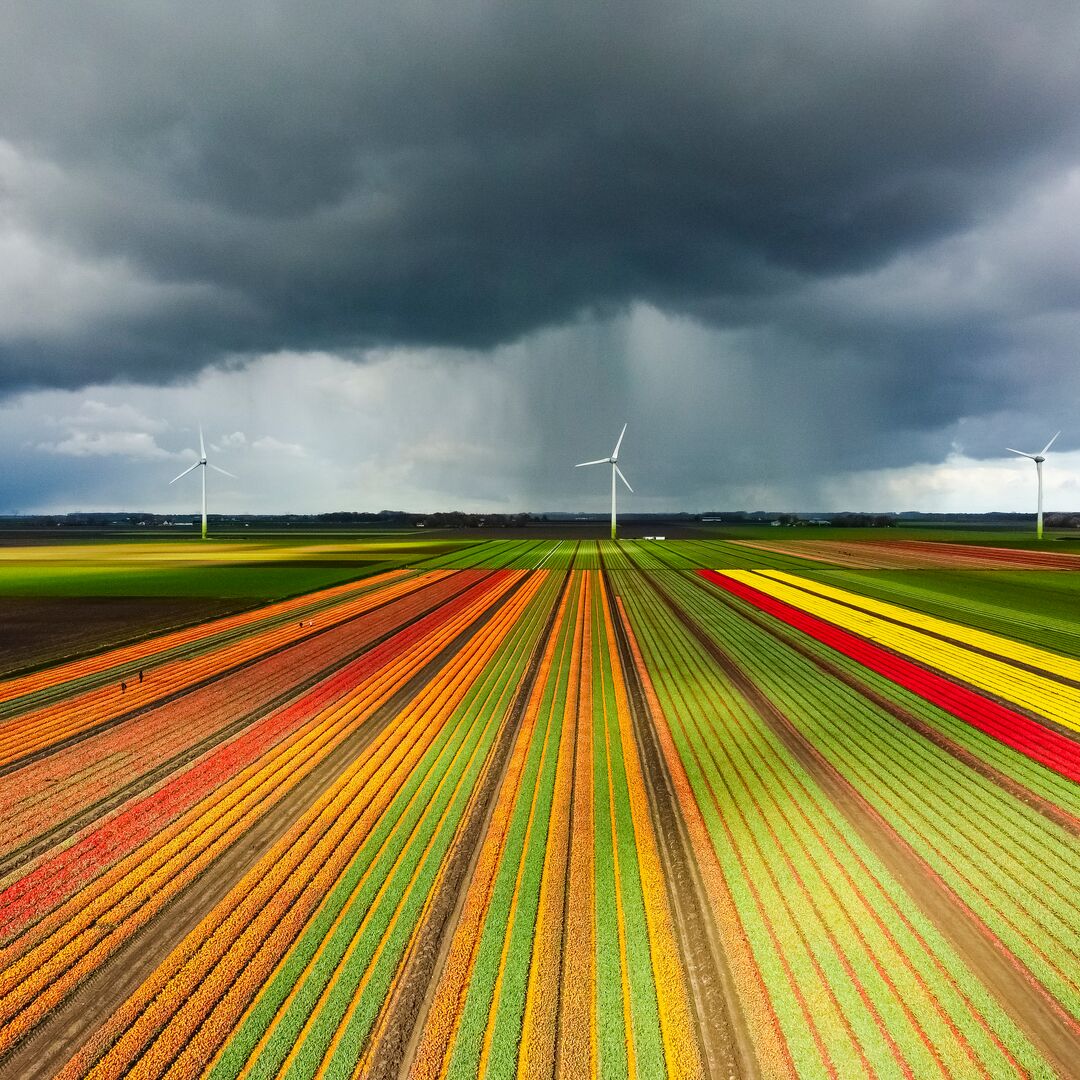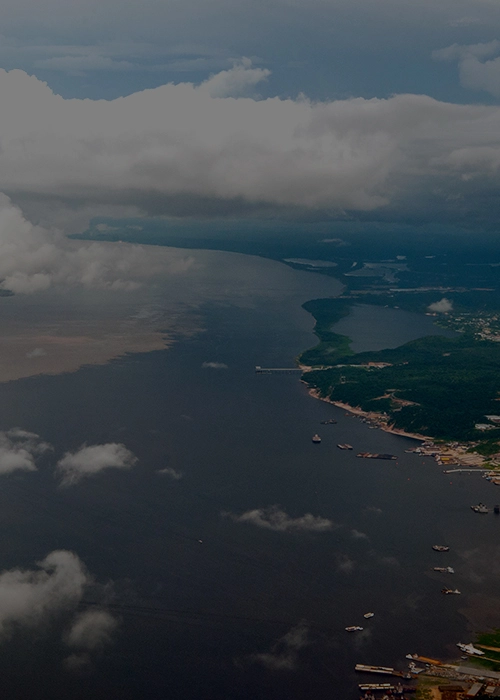
Spurring Sustainability from Design to Distribution

Sarang Kirpekar
Senior Vice President, Head of Engineering Product
Sarang Kirpekar is the Senior Vice President and Head of Product Engineering for Hitachi Vantara since February 2021. HV Product Engineering included Lumada Software, Converged/Hyperconverged, Hitachi NAS and Content Storage product lines. Sarang is also Head of Sustainability at Hitachi Vantara. As a part of this role he regularly works with leaders in the ESG domain in Hitachi Ltd. Prior to Hitachi Vantara Sarang held leadership roles at eBay, Yahoo, Shutterfly, and Teradata. Sarang brings deep experience to Product Engineering, Operations, Infrastructure, Product Management and Data Science. He has also been on the Forbes Technology Council for the last four years.
Sustainability is a mindset that when cultivated properly, can permeate every facet of a business to improve its performance, as well as the planet. Opportunities to reduce waste, save power, cut carbon emissions, and leverage renewables, abound from engineering to event planning. It merely takes a belief in the “movement” and a commitment to manifest that belief throughout.
In a recent story, I shared Hitachi’s stated goal to be carbon neutral by the end of this decade and to spread carbon-neutrality throughout the corporation’s value chain by FY2050. We believe decarbonizing core operations and fostering greater accountability across our supply chains won’t only help the planet but make us a smarter, more efficient operation. It’s a mindset embraced by the entirety of the global family of Hitachi companies. As Alistair Dormer, Chairman, Hitachi Ltd., Europe, likes to say, “decarbonization is good for the environment and good for business.” Another colleague, Tom Christensen, our Global Technology Advisor, advanced that thought in a recent post and called on enterprises to blend their digital and decarbonization efforts, as they are more intertwined than they appear.
For our part at Hitachi Vantara, we are charged to design, architect, and develop systems and products with sustainability at the front of our approach. Starting in 2017, we began adhering to stringent internal protocols to design and develop systems that consume less energy and emit less carbon with each new version. Once development is complete, the system goes thorough an eco-assessment at Hitachi’s renowned Environmental Protection Division (EPD) in Japan. If internal thresholds are met, the system can advance through the product lifecycle. If it does not qualify, we must bring it back and continue to revise until we can demonstrate significant energy savings and emissions reductions, relative to the previous model.
In fact, as Christensen acknowledged recently, “…between generations of our storage solutions, we cut carbon emissions between 30% to 40% compared to previous models – this includes in the procurement of raw materials, production, transportation, five years of use and final recycle.”
Following the lifecycle, from development to production to distribution, several years ago we overhauled the Hitachi Vantara European Logistics Distribution Center in Zaltbommel, Netherlands, to be eco-friendly. Today more than 80% of electricity consumed by the center is generated by solar power. The facility’s monthly renewable energy purchase currently accounts for about 85% of total consumption. And on the inside, the facility has reduced the overall amount of waste going to the landfill by replacing packaging with biodegradable and eco-friendly materials. Not only does this use less material to ship products, but it means we’re no longer shipping packages with waste products that will take another 1,000 years to degrade.
Our commitment to sustainability also extends to data centers and cloud computing, which now account for roughly 1.8% of US electricity consumption and comprise the plurality of emissions for many tech companies. Unless steps are taken to reverse this trend, the percentage will grow as more enterprises shift toward cloud computing and new data centers come online.
Though the extreme effects of climate change are mounting rapidly, there are clear opportunities for infusing sustainability into all aspects of business, from design to distribution. But it will take right mindset and the commitment to permeate the vision throughout the organization.
Sarang Kirpekar is Senior Vice President, Head of Engineering Product, Hitachi Vantara.
Related Articles

Sustainability Services
Machine Learning Finds a Home in Process Manufacturing
The Need for Virtual Water and Aquafer Sustainability
Sustainability Services (BK)
Triumphing with Industrial AI
Bringing the Environmental Fight to Food Waste
Drafting Our Green Blueprint for the Future
The Confluent Enterprise: Where Digital and Decarbonization Meet
Sustainability Services
Machine Learning Finds a Home in Process Manufacturing
The Need for Virtual Water and Aquafer Sustainability
Sustainability Services (BK)
Triumphing with Industrial AI
Bringing the Environmental Fight to Food Waste
Drafting Our Green Blueprint for the Future
The Confluent Enterprise: Where Digital and Decarbonization Meet
Sustainability Services
Machine Learning Finds a Home in Process Manufacturing
The Need for Virtual Water and Aquafer Sustainability

